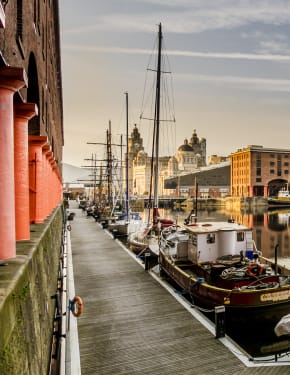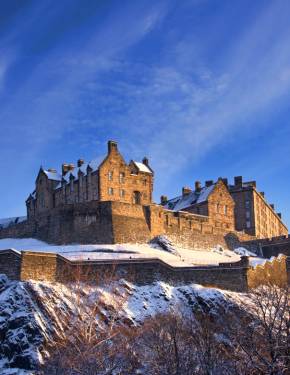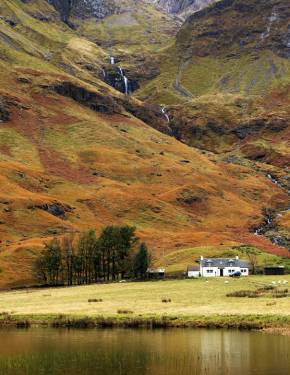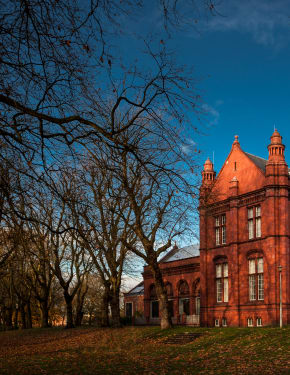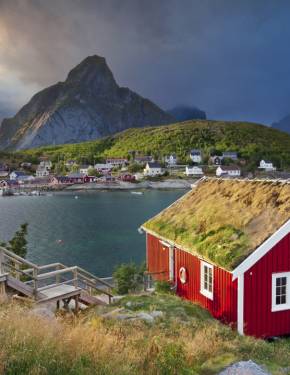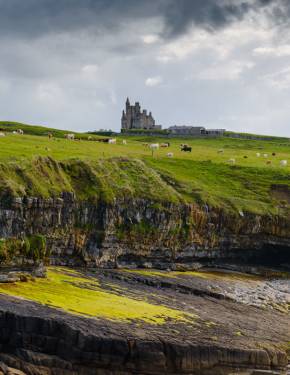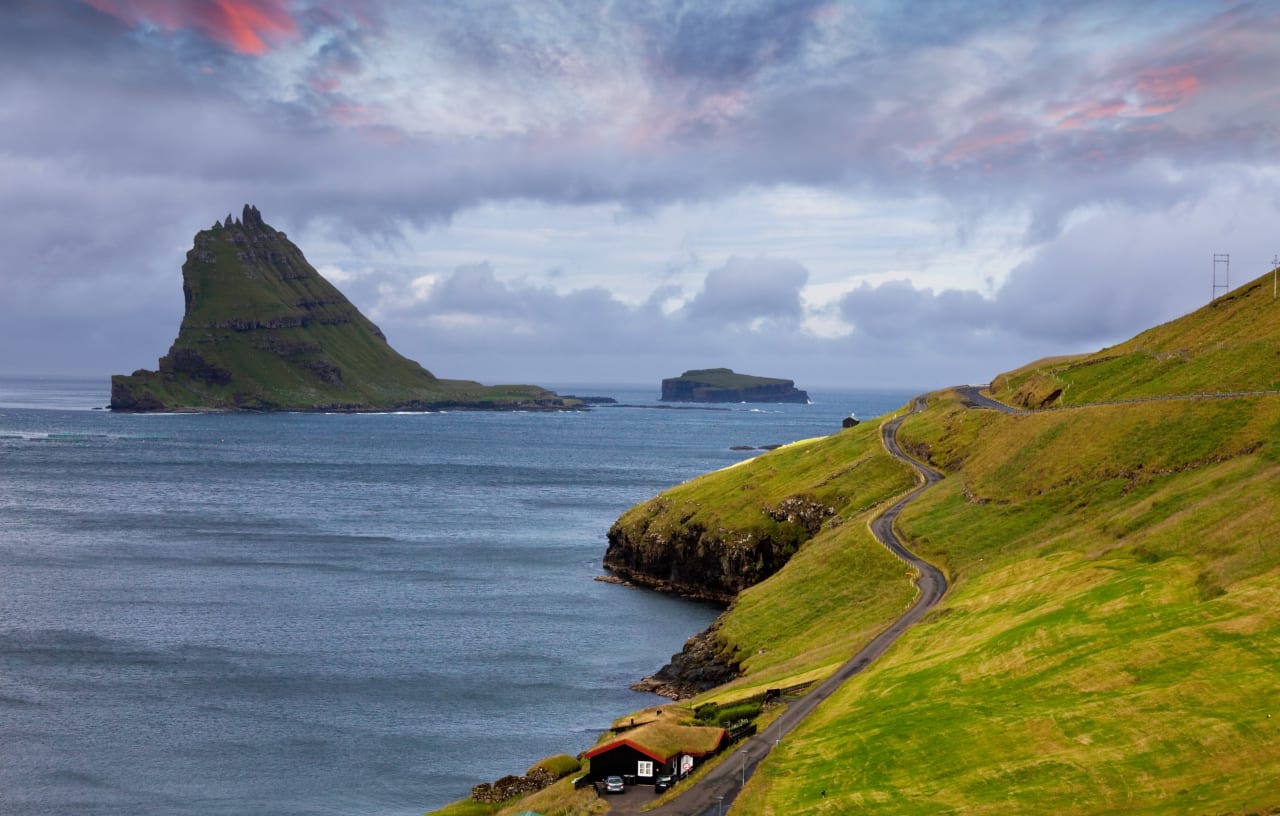
Best time to visit
21 things to do in Faroe Islands
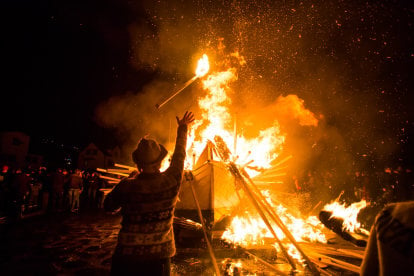
New Year Celebrations in Vágur
The festivities involve throwing torches on the wooden boats, carrying flags, putting up the gates, and singing
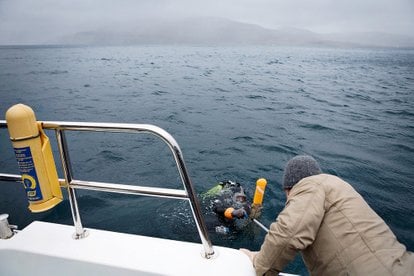
Diving
The Faroe Islands have their own underwater wonders. The plentitude of sea flora and fauna is an amazing sight, with the cleanest waters around

Grækarismessa: The Arrival of the Oystercatchers
Welcome the arrival of the Oystercatcher, and perhaps you will find your fortune!
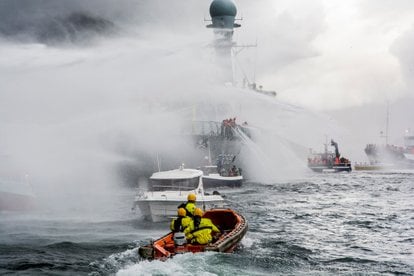
Seaman's Day or Sjómannadagur
Since fishing industry on the Faroe Islands is its main business, it actually takes a whole weekend to show and tell about the seaman's life in Klaksvík
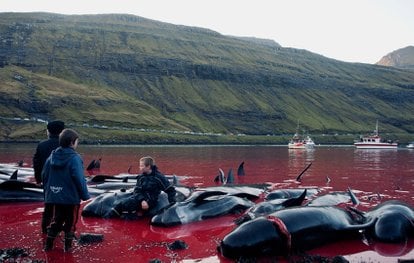
Tradition or Savagery? Grindadráp!
The national hunting and eating of the pilot whales for many people may seem an oddity, but for Faroese this has been a long time tradition

Lake Sørvágsvatn
The optical illusion makes it look like the lake is just hanging above the ocean. What could be a better setting for the largest lake of the Faroe Islands?
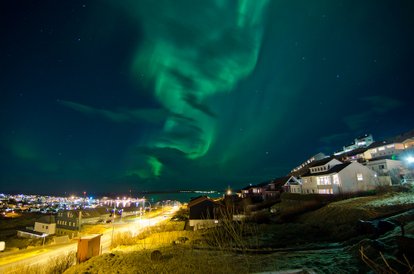
Northern Lights in the Faroe Islands
See aurora borealis on Faroes in the gloomy winter days to omit touristic seasons and witness the best views

Summer
The Faroese summer does not look too summerly. But the crowds of tourists which arrive in big numbers will let you know the season has started
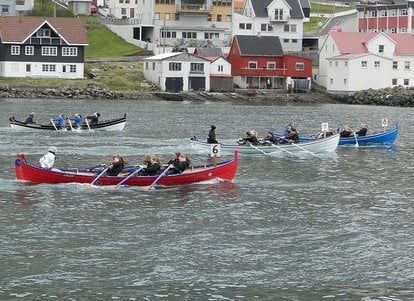
Rowing Competitions or Kappróður
Wooden boat racing competition—a little bit of sporting excitment

Migrant Birds
Go see the most amazing birds in the world and surround yourself with the very distinct sounds of their songs
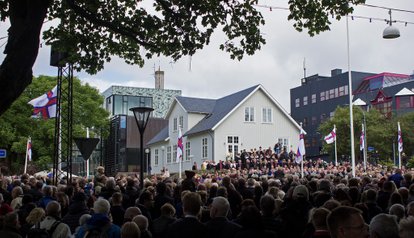
Olavsoka
Olavsoka is a traditional festival that cherishes unity and connectedness of everyone living on the same ground: no matter who you are and where you are you can't miss the feeling of togetherness with this little nation!
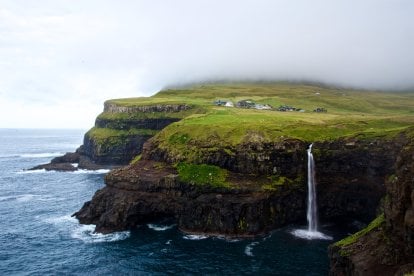
Múlafossur Waterfall
There isn't a patch on this waterfall in all of the Faroe Islands
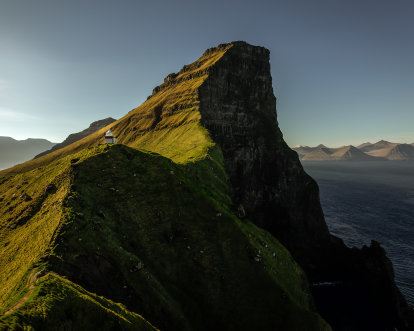
Kallur Lighthouse
A picturesque place in the Faroe Islands, captivating with its chilly northern beauty
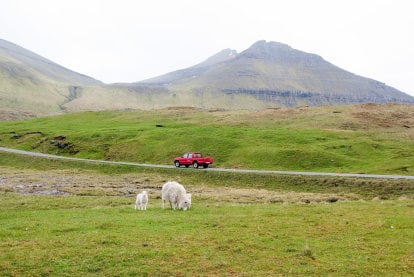
Slættaratindur
Experience an incredible ascent to the highest mountain of the Faroe Islands, or simply enjoy its view from a distance
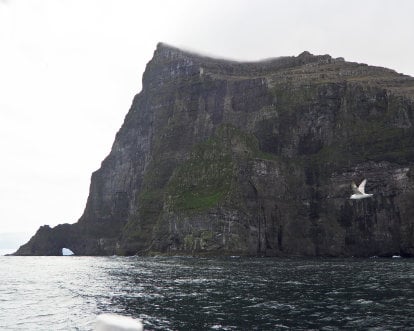
Cape Enniberg
Visit The world's tallest vertical sea cliff to enjoy the magnificent scenery of the Faroe Islands
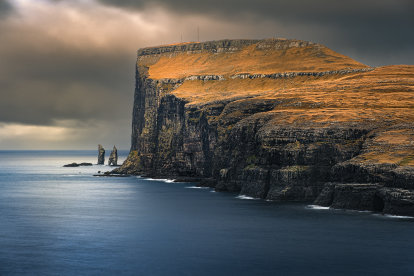
Eiði and Risin og Kellingin Sea Stacks
The two sea stacks of basalt formations are fascinating not only for their landscape but also for their legend
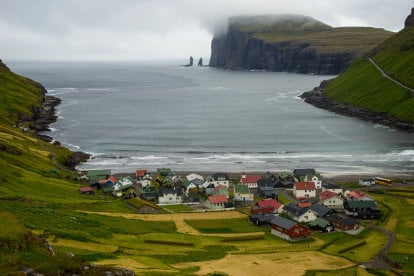
Tjørnuvík
The northernmost village on the Streymoy Island and one of the oldest villages in the Faroe Islands
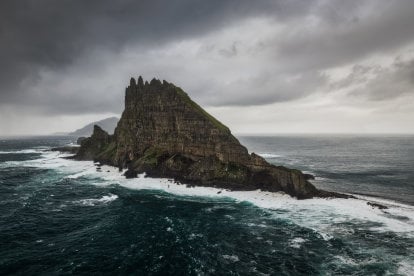
Tindhólmur
A unique island, one side of which is covered with lush green hills, while the other consists of sheer basalt cliffs
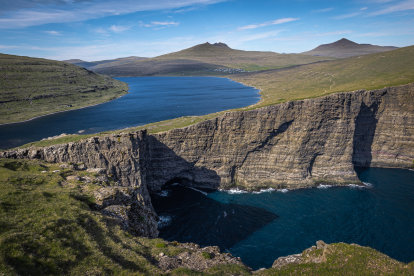
Lake Sørvágsvatn (Lake Leitisvatn)
The largest lake in the Faroe Islands with an optical illusion
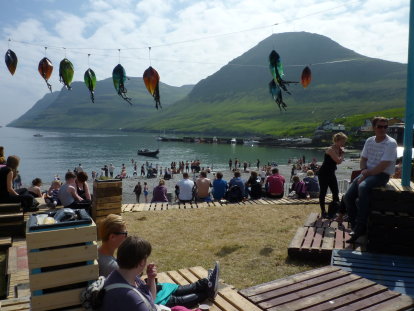
G! Festival
Experience an exceptional music festival in the unforgettable location of the Faroe Islands


